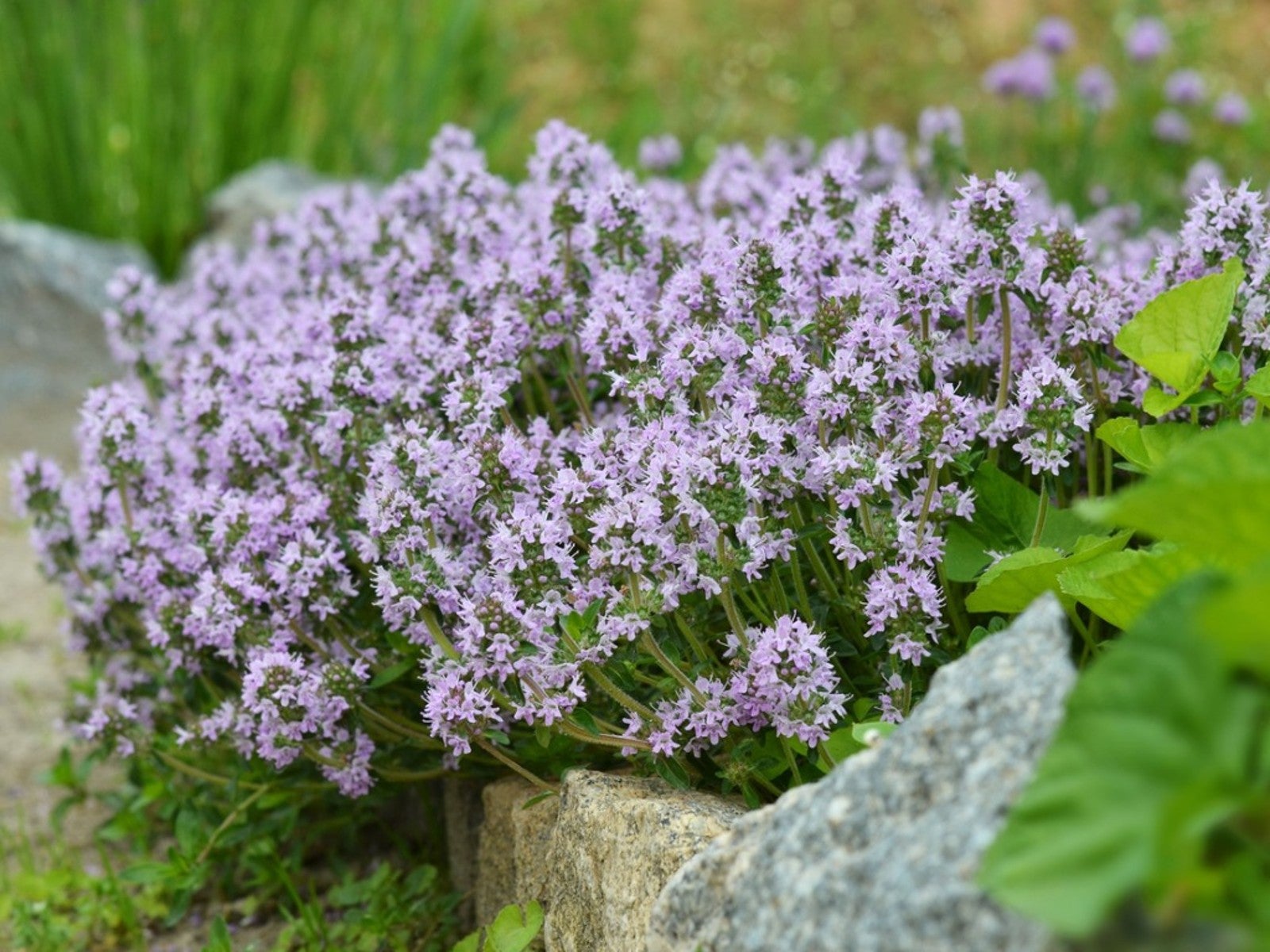5 Fragrant Groundcover Plants


When purchasing new plants, people often overlook fragrance and are more intent on the color or texture of a plant. But when you do come across a plant with a perfumed scent, the experience can be heady. Adding fragrant groundcover plants to a special nook in the garden or a walkway can add a punch of “wow” when passersby catch the aroma.
Good-smelling groundcover is ideal for shady spots under tree canopies, among stepping stones, in a sensory garden, or even in a children’s play area. Incorporating perfumed plants into the garden will tickle your nose and delight your senses.
5 Fragrant Ground Cover Plants
Here are five different aromatic groundcover plants and how to use them in the garden:
- Roman chamomile (Chamaemelum nobile), USDA zones 4-9) is a delicate, perennial herb with tiny, daisy like flowers in summer. It has a calming fragrance, and its leaves can be dried and used in teas. (Restrict consumption to no more than one cup a day as it has low toxic characteristics.) It has a spreading habit that’s ideal as a groundcover, and its dainty appearance would be a welcome sight in a children’s garden or play area. Other uses include pollinator gardens, against rock walls, edging a garden, or lining a patio where its scent can be enjoyed.
- Creeping thyme (Thymus praecox), USDA zones 5-8, is a low growing perennial herb that is often used as lawn replacement. Its woody stems root easily along the ground to form a dense, evergreen mat. It can tolerate light foot traffic, so it’s perfect as a groundcover between steppingstones, where its spicy scent is released with each step. Pretty purple-pink flowers cascade over rocks, down ledges, and line containers. The flowers attract bees and butterflies but it’s avoided by dinner-seeking bunnies and deer.
- Lily of the valley (Convallaria majalis), USDA zones 3-8, is a fragrant shade groundcover that is perfect under the low canopy of evergreen trees and shrubs. It produces scented, white, bell-shaped flowers in early spring. Favoring a woodland garden situation in part shade to full shade, the plant multiplies quickly. They complement other shade loving plants such as hosta, bleeding heart, and columbine, plus they’re resistant to deer and rabbits. Be cautious though: All parts of the plant are toxic if ingested in large amounts.
- Sweet violet (Viola odorata), USDA zones 4-9, grows into a low-growing clump of heart-shaped green leaves with very aromatic small blue-to-purple flowers. Both the leaves and flowers are edible. It takes one back to yesteryear when times were simpler, and fragrance was everything. Many species of violets have lost favor with the gardening public, except for hybrid violas and pansies, because of their ability to spread rapidly by seed. They can be contained in a pot or in a rock garden, but, inevitability, violets will escape beyond their bounds.
- Sweet woodruff (Galium odoratum), USDA zones 4-8, is a fragrant groundcover that thrives in shade. It even survives near black walnut trees. In spring, whorls of green leaves are topped by a cluster of edible white flowers that look like jasmine. The leaves and the flowers are aromatic. Sweet woodruff can become aggressive in the right situation, but it can be mowed occasionally to quell its growth. Sweet woodruff works well as an evergreen groundcover, edging plant in a woodland garden, children’s garden, or edible garden.
Sign up for the Gardening Know How newsletter today and receive a free copy of our e-book "How to Grow Delicious Tomatoes".

After graduating from Oklahoma State University with a degree in English, Susan pursued a career in communications. In addition, she wrote garden articles for magazines and authored a newspaper gardening column for many years. She contributed South-Central regional gardening columns for four years to Lowes.com. While living in Oklahoma, she served as a master gardener for 17 years.